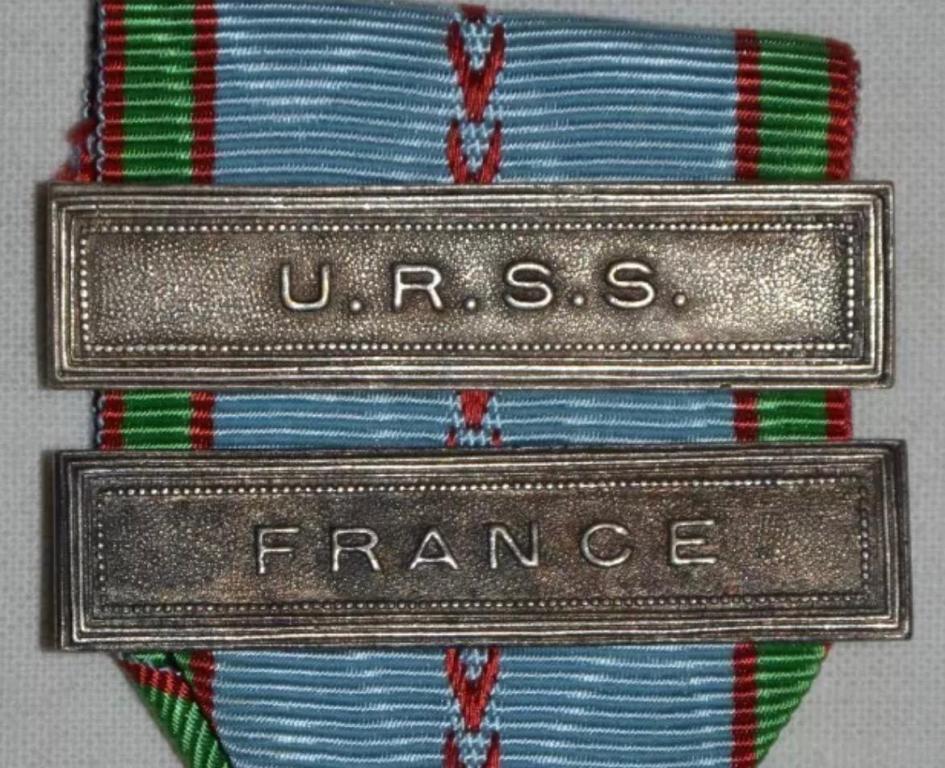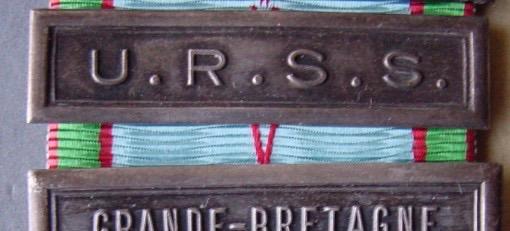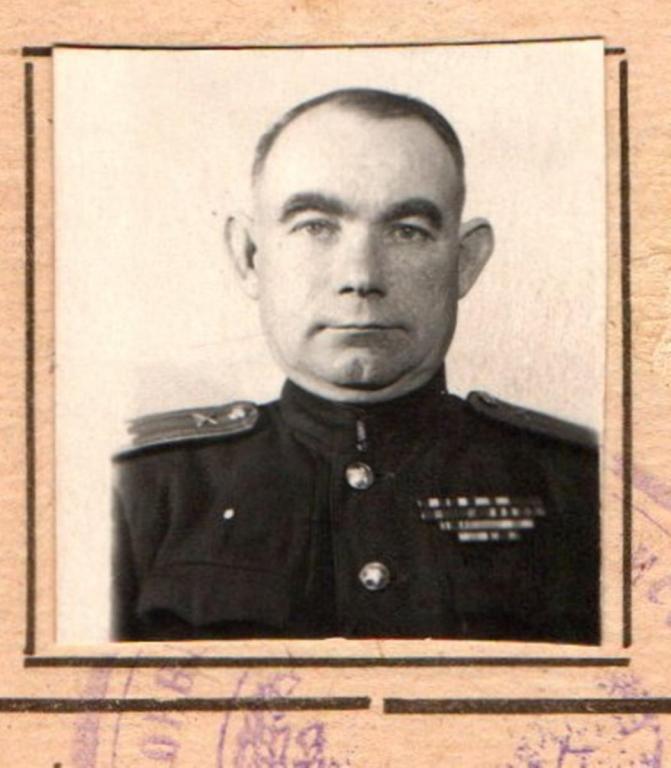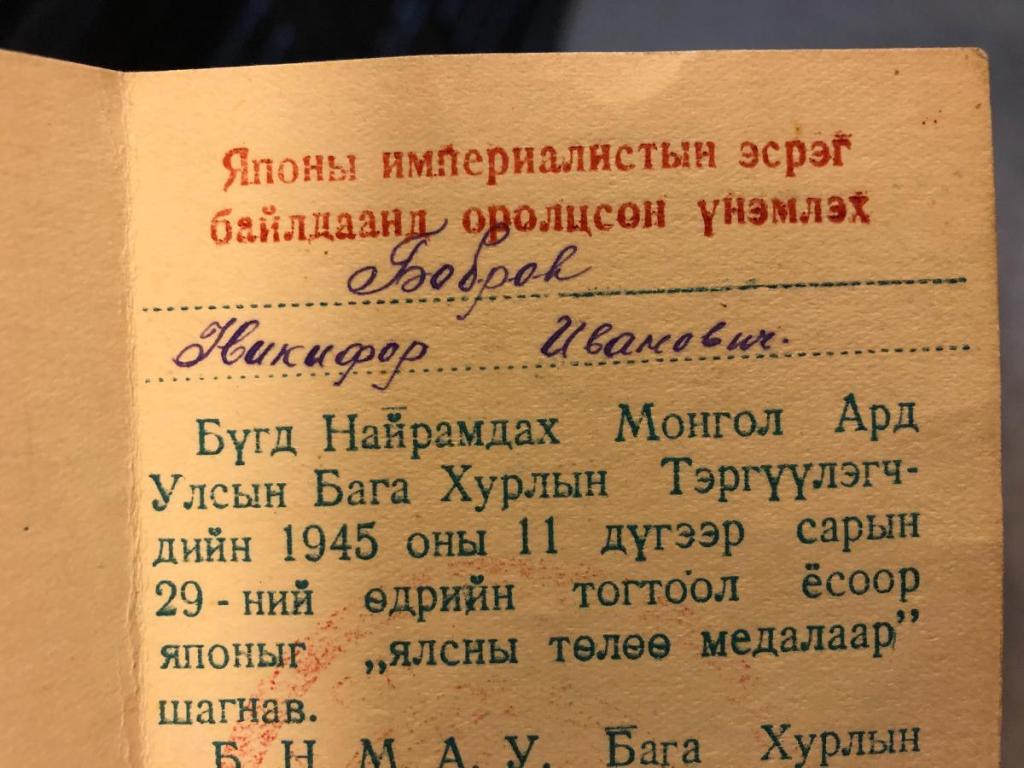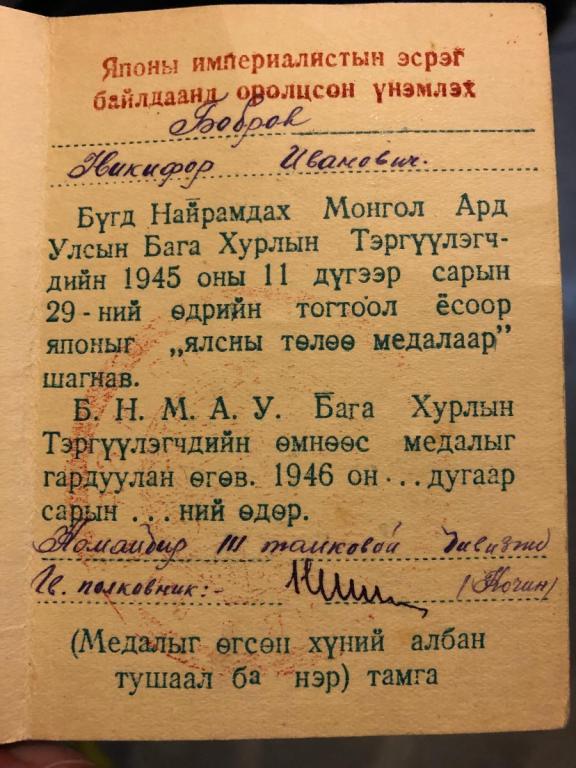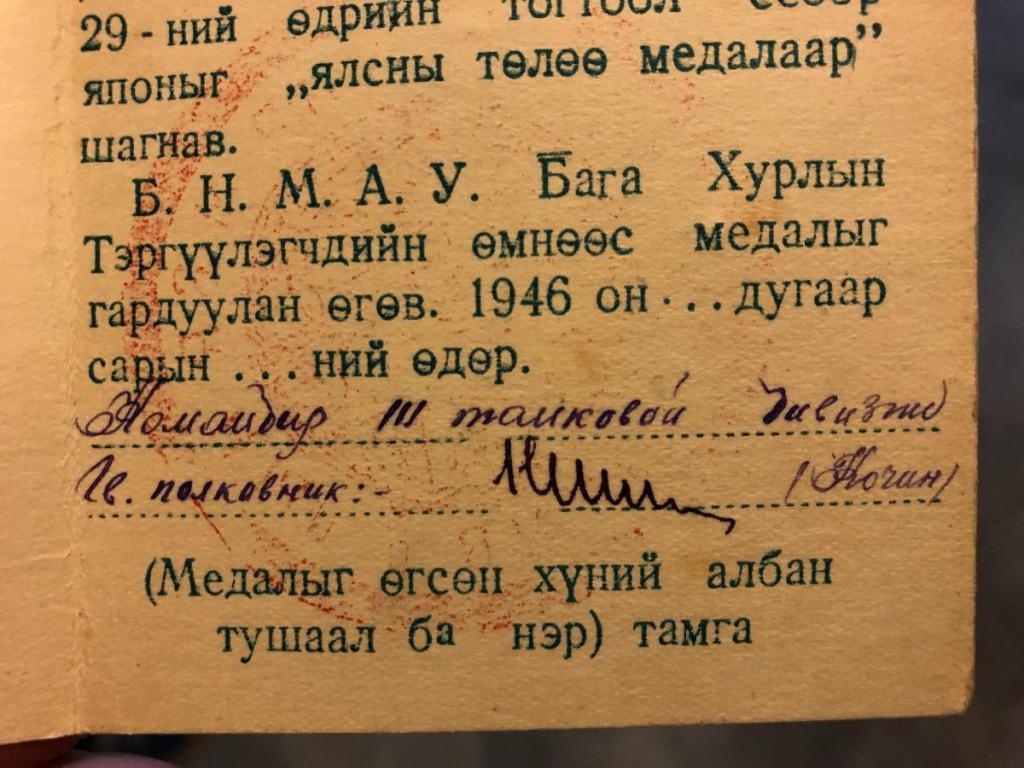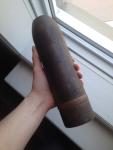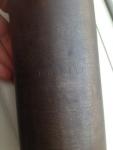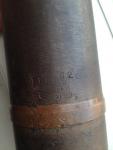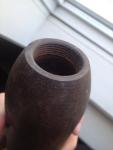
Bill Harris
Standard Membership-
Posts
24 -
Joined
-
Last visited
Content Type
Profiles
Forums
Blogs
Gallery
Events
Store
Everything posted by Bill Harris
-
Hello forum, I have seen the Medal For Participation in the Anti-Fascist Struggle (За Участие В Антифашистката Борба) also described as the “Partisan Medal”. The description I see online mentions the “struggle against Fascism and Capitalism”, a very broad qualification indeed. Can anyone explain exactly what this medal was awarded for? Was it really for partisans involved in fighting the Germans within Bulgaria, or was there a different/broader criteria?
-
Thank you, this explains what I was hoping to find out. So, in that vein, is there a specific method to determine whether a clasp for this medal is period (as in dating from the time the medal was introduced), or whether it is contemporary (as in dating from the present day)? Other than simply appearing old or new, I mean.
-
Thank you for these images.
-
Thank you. Some obvious variations with those too.
-
For example, here are two pictures showing some of the variations I have observed: small text vs large text, beaded edge vs sold edge.
-
Hello, I am not very conversant with French medals, so I apologize if this is very basic knowledge. I do not collect French medals per se, but I am interested in the 1939-45 Commemorative Medal because I like the various clasps. But I see many different styles with these clasps: some with large text, some with small, some with a beaded edge, and some with solid. I’m unsure if these are simply made by different makers for private sale, or whether they are fakes made to deceive collectors (especially with the rarer clasps like URSS). How would one know? Are there reference books related to this medal (in French or English) that might be useful?
-
Thanks to Auke De Vlieger, I have found out a bit more about this man. Nikifor Ivanovich Bobrov (b. 1905). Served as a political officer and commissar during the Great Patriotic War. Conscripted in 1928, attended political officer course in 1935. Participated in the invasion of Poland in 1939. Appointed commissar for a tank battalion in 1940. Contused during tank battle at Brody in June 1941, participated in defence of Moscow in Oct.-Dec. 1941, then slightly wounded at Staraya Russa in Sept. 1942. Attended advanced political officer course at the Stalin Academy in 1942-43. Retuned to the front in 1943 and served as deputy commander for political affairs for the 252nd Tank Regiment (1943-44), 84th Guards Tank Regiment (1944-45) and 165th Tank and Self-Propelled Gun Regiment (1945-47). Served in the campaigns to capture (or “liberate”, depending on your perspective) Budapest, Prague and Vienna, and was severely wounded during the latter. After victory over Germany he served in Mongolia during the short war against Japan. Postwar, Bobrov served in a variety of political positions: Party Commission Secretary for special units of the 6th Guards Tank Army, commissar of an automobile depot and a district ordnance warehouse, and battalion commissar. He retired from the army in Nov. 1953 and lived in Kiev, where he worked as a personnel inspector at a cardboard factory. His date of death is unknown. Bobrov’s awards included two Orders of the Red Star, the Order of the Patriotic War, two Orders of the Red Banner, the Order of Alexander Nevsky, the Order of Lenin, the medals for the Defence of Moscow, the Capture of Budapest, the Liberation of Prague, the Capture of Vienna, Victory over Germany, Victory over Japan and “The Defence of Mongolia” (this latter probably the Mongolian “We Won” medal).
-
Thanks again, Jan. That is a very interesting thread. It makes me wonder, what was the criteria for the award of the "We Won" medal to Soviet personnel? Was it simply service within a defined area during a defined period, or was it restricted to officers or members of certain units? Does anyone know?
-
Thank you, Jan (and thanks to your wife, too!). So nice to have a name to associate with this medal. He sounds Russian rather than Mongolian.
-
Hello everyone, I just received an example of the Mongolian "We Won" medal (aka Victory over Japan medal, aka "We have Conquered" medal) with matching document. I'm pretty poor with cyrillic handwriting; can anyone translate the name of the recipient and the others who signed it? Are the latter names of any significance? Bill
-
Hi everyone, I note that Uzbekistan issued its medal Jasorat (Bravery) to that country's WW2 veterans en masse in 1994 as a commemoration of the Great Patriotic War. My understanding is that Uzbek veterans have since been forbidden to wear their Soviet WW2 medals. Does anyone know if other ex-Soviet republics (particularly the Central Asian -stans) have issued their own WW2 commemorative medals and, if so, have they similarly banned the wearing of Soviet medals? Bill
-
Has anyone been in contact with Jeff lately? I have been trying to reach him for the last week and haven't had any luck... BH
-
Imperial Russia Medal for Campaigns in Central Asia 1853-1895
Bill Harris replied to Bill Harris's topic in Russia: Imperial
Most interesting, thanks Nick and Paul for the comments and images. BH -
Is anyone able to shed some light on the campaigns that this medal was issued for? The other medals for central Asian campaigns (Kokand, Khiva, Geok-Tepe) are all pretty specific regarding the operations they commemorate. I find this one more mysterious. The North West Frontier clasp for the British India General Service Medal of 1854 is an interesting parallel: a single award that covered numerous campaigns over a long period of time. There is, however, an easily accessible list of actions which merited the award of the clasp. Does any similar list exist for this Russian medal? Bill
-
Are there any ordnance experts among us? This shell has been in my family for longer than anybody can remember. My grandmother was using it as a doorstop when she gave it to me. It had been painted black and had a label "Cartouche de Guerre 1914-1918" on it (her family were Francophone Ontarians until the last generation or so). I took off the label and stripped the paint, and was left with what you see here. The shell weighs about four kilos. It is about 7cm in diameter and 26 cm long. I've tried to find something like it online but everything I come up with has some small difference that makes me wonder exactly what I've got here. Any pointers?
-
Imperial Russia Imperial Russian medals: references
Bill Harris replied to Bill Harris's topic in Russia: Imperial
Yeah, I figured as much, but just dipping my toe into these waters for now, so it will probably suffice for the moment. -
Imperial Russia Imperial Russian medals: references
Bill Harris replied to Bill Harris's topic in Russia: Imperial
спасибо, Paul. Good to see one that wraps up Imperial and Soviet in one volumne. -
Imperial Russia Imperial Russian medals: references
Bill Harris replied to Bill Harris's topic in Russia: Imperial
Thanks! I saw that one and thought it looked good, but wanted to hear recommendations first. -
Good afternoon gents, Longtime lurker, first time poster here. Was toying with the idea of adding a few Imperial Russian medals to my collection, down the road; there's no rush to sink a load of money into what looks like a fairly expensive and fraught field. Before doing ANYTHING though, I wanted to peruse at least one good reference book, ideally one that would help in separating real from fake. I admit to knowing little at this point and would be woefully susceptible to filling my collection with expensive copies! Can anyone here recommend such a book? Would prefer something not too heavy on the $$ to start with, as this is a collecting area I am just beginning to explore. An English language book would be preferrable, as my по-русски is не хорошо.

